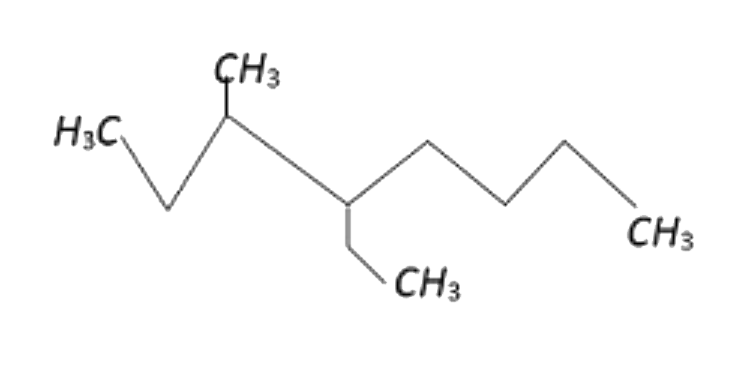The name virus that means venom or poisonous fluid was given by"-
Pasteur
Ivanowsky
Stanley
Both 2 and 3
The correct Answer is:A
To answer the question "The name virus that means venom or poisonous fluid was given by," we will analyze the options provided and the historical context of the term "virus."
1. Understanding the Term "Virus":
- The term "virus" is derived from the Latin word meaning "venom" or "poisonous fluid." This is essential to understand the context of the question.
2. Identifying Key Scientists:
- The options given are:
- A) Pasteur
- B) Ivanovsky
- C) Stanley
- D) Both two and three (Ivanovsky and Stanley)
3. Researching Contributions:
- Dmitry Ivanovsky (1892): He was the first to describe a pathogen that caused disease in tobacco plants, which did not pass through bacterial filters, indicating it was smaller than bacteria.
- Martinus Beijerinck: He is credited with coining the term "virus" when he isolated the pathogen from tobacco plants and demonstrated that it could infect healthy plants. However, Beijerinck is not listed in the options.
- Louis Pasteur: Known for his work in vaccination and pasteurization, he did not coin the term "virus."
- Wendell Stanley: He later crystallized the virus but did not name it.
4. Choosing the Correct Answer:
- Since Beijerinck is not an option, we look at Ivanovsky, who was the first to identify the new pathogen. Therefore, the correct answer is B) Ivanovsky.
5. Final Answer:
- The name "virus," meaning venom or poisonous fluid, was given by Ivanovsky.
- The term "virus" is derived from the Latin word meaning "venom" or "poisonous fluid." This is essential to understand the context of the question.
- The options given are:
- A) Pasteur
- B) Ivanovsky
- C) Stanley
- D) Both two and three (Ivanovsky and Stanley)
- Dmitry Ivanovsky (1892): He was the first to describe a pathogen that caused disease in tobacco plants, which did not pass through bacterial filters, indicating it was smaller than bacteria.
- Martinus Beijerinck: He is credited with coining the term "virus" when he isolated the pathogen from tobacco plants and demonstrated that it could infect healthy plants. However, Beijerinck is not listed in the options.
- Louis Pasteur: Known for his work in vaccination and pasteurization, he did not coin the term "virus."
- Wendell Stanley: He later crystallized the virus but did not name it.
- Since Beijerinck is not an option, we look at Ivanovsky, who was the first to identify the new pathogen. Therefore, the correct answer is B) Ivanovsky.
- The name "virus," meaning venom or poisonous fluid, was given by Ivanovsky.
Topper's Solved these Questions
- DIVERSITY IN LIVING WORLD (PLANT DIVERSITY)BOOK - ALLENCHAPTER - DIVERSITY IN LIVING WORLD (PLANT DIVERSITY)EXERCISE - Assertions and Reason
45 Videos
- DIVERSITY IN LIVING WORLD (PLANT DIVERSITY)BOOK - ALLENCHAPTER - DIVERSITY IN LIVING WORLD (PLANT DIVERSITY)EXERCISE - EXERCISE-II
153 Videos
- DIGESTION AND ABSORPTIONBOOK - ALLENCHAPTER - DIGESTION AND ABSORPTIONEXERCISE - S
28 Videos
- DOMESTICATION OF PLANT (PLANT BREEDING)BOOK - ALLENCHAPTER - DOMESTICATION OF PLANT (PLANT BREEDING)EXERCISE - S
28 Videos
Similar Questions
Which of the given statements is not true for viruses?
(a) They are nucleoproteins where protein is infectious in nature
(b) They can be crystallized and crystals consists largely of proteins
(c) Virus means venom or poisonous fluid
(d) A virus can never have both DNA and RNA as its genetic material
View SolutionName the most poisonous element.
View SolutionThe name Hydra was given by
View SolutionHypnotoxin is a poisonous fluid produced by
View SolutionThe IUPAC name of the given compound

View SolutionThe IUPAC name of the given compound

View SolutionWhat is the other name given to it?
View SolutionName of the compound given below is

View SolutionName a substance which is :
poisonous.
View SolutionName three traditional means of irrigation.
View Solution
